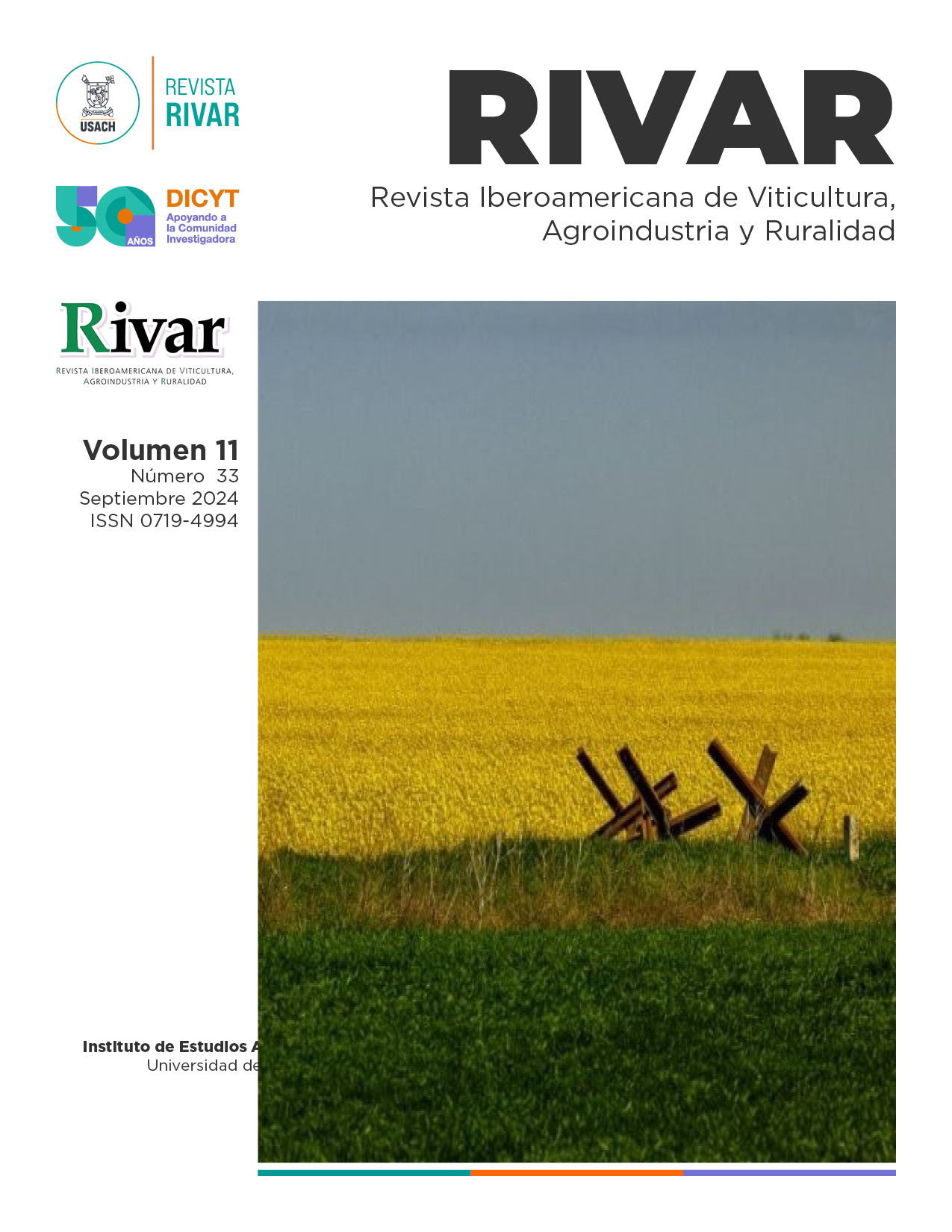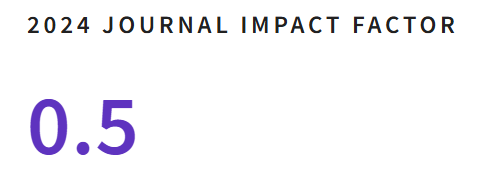Vestígios da extensão de Kayi na região de Orangay em Cazaquistão e lugares históricos em Orangay e seus alrededores
DOI:
https://doi.org/10.35588/rivar.v11i33.6437Palavras-chave:
tribus, povos turcos, grande estepa, cultura materialResumo
Estudaremos as pegadas que os kayi abandonaram de sua estância na região de Orangay, no Cazaquistão. Este estudo utiliza uma variedade de métodos de investigação científica, incluindo abordagens descritivas, comparativas, histórico-críticas e dialéticas, bem como métodos de análise e síntese. A investigação revelou que Orangay, situado dentro do oásis do Turquestão e ao largo de um ramal da Gran Ruta da Seda, desempenhou um papel crucial na história do tribu kayi durante os séculos VIII-XI. Esta região serviu como ponto focal para os oghuzes e foi o testemunho do surto do Estado oghuz na região do mar de Aral e nas partes baixas do Syr Darya. Orangay também marcou a consolidação do tribu kayi, marcando o início de sua ascensão. As escavações arqueológicas no oásis de Turkestán forneceram evidências concretas da conexão direta entre a região de Orangay e a tribu kayi, incluindo o descobrimento de cerâmica adornada com padrões de serpentes, específicos do material cultural da tribu kayi. Concluindo, esta investigação estabeleceu Orangay como uma região historicamente significativa para o tribu Kayi durante os séculos VIII-XI na Ásia Central.
Downloads
Referências
Ahmadova, E.H. (2022). Linguistical Analysis of Formed Toponyms in Accordance with Gubadli’s Phonetic Changes. Colloquium-Journal Philological Sciences, 4(127), 69-74.
Akhinzhanov, S.M. (1995). Kipchaks in the History of Medieval Kazakhstan. Gylym.
Al-Kashghari, M. (1985). Compendium of the Turkic Dialects (Diwan lugat at-Turk). Cambridge University Press.
Babayev, F.F. (2023). Food Security in Azerbaijan in the Context of Global Challenges. Role of Business Competitiveness. Universidad y Sociedad, 15(1), 352-362.
Bazaluk, O. (2018). The Feature Transformations of the Basic Meanings of Greek Paideia in the Educational Theories in the Middle Ages. Schole, 12(1), 243-258.
____. (2019). The Revival of the Notion of Arete in Contemporary Philosophy. Schole, 13(1), 198-207.
Duran, R. and Head, A. (2018). The Use of the Kayi Tribe Stamp of the Oghuz People as a Motif in Anatolian Turkish Architectural Decoration. Selcuk University Journal of Turkic Studies, 43, 523-535.
Farajova, A.A.G. (2022). The Place and Function of Dede Gorgud Image in the System of Oguz Theogonic Views. Colloquium-Journal Philological Sciences, 31(1534): 60-64.
Karshieva, S. (2023). The Study of “Oguznoma” and the Motives of Shamonic Mythology in it. Science and Innovation, 2(2), 211-215.
Kekevi, I. (2021). Oguz Adi in Yenisei Yazitlar. In K. Azılı, İ. Kekevi, and H. Gökçe (Eds.), Oguz Bitig. Studies on Modern and Historical Oghuz (pp. 58-64). Bilge Kultur Sanat.
Kim, K.H., and Chung, J.K. (2023). A Study on “Arirang” a Korean Folk Song that is Being Accepted Worldwide. European Journal of Science and Theology, 19(1), 77-91.
Mamajonova, D. (2021). Composable Works of Mahmudjon Tajiboyev, People’s Court of Uzbekistan. Oriental Art and Culture, 2(4), 268-277.
Mukhajanova, T.N. and Asetilla, A.M. (2016). “Kipchak” Ethnonym and the History of its Origin. World Science, 12(16), 39-41.
Pilipchuk, Y.V. (2014). Berendei and Kaepichi: Oguzes or Kipchaks. Bulletin of KazNPU, 4(43), 48-54.
Sattorova, Z.I. (2022). A Study of the Work of Mahmud Kashgari in Turkology. Oriental Journal of Social Sciences, 2, 130-137. https://doi.org/10.37547/supsci-ojss-02-01-14
Seo, I.S., Jeong, M.J., Seok, J.O., Kim, H.W., and Chung, J.K. (2022). Wylie H. Forsythe: Revolutionizing Leprosy Treatment in Modern Korea. Astra Salvensis, 2022(1): 67–78.
Smagulov, E.A., Petrov, P.N., and Erzhigitova, A.A. (2018). When the Medieval City of Shavgar Ceased to Exist or New Data on the Chronology of the Upper Layers of the Shoitobe Settlement (Turkestan Oasis). Archeology of Kazakhstan, X(1), 164-189.
Tazhekeyev, A.A., Darmenov, R.T., and Sultanzhanov, Z.K. (2020). Organization of a Buffer Zone and Conservation Work at the Site of Dzhankent. Archeology of Kazakhstan, 1(7), 88-98.
Tuyakbaev, M. (2009). Historical Topography and Development of Cities and Settlements of the Turkestan Oasis (XIII-XIX Centuries). Al-Farabi Kazakh National University.
Zholdasov, T.M. (2018). Treasures in the Collection of the Azret Sultan Museum. Archeology of Kazakhstan, 1(2), 288-293.









